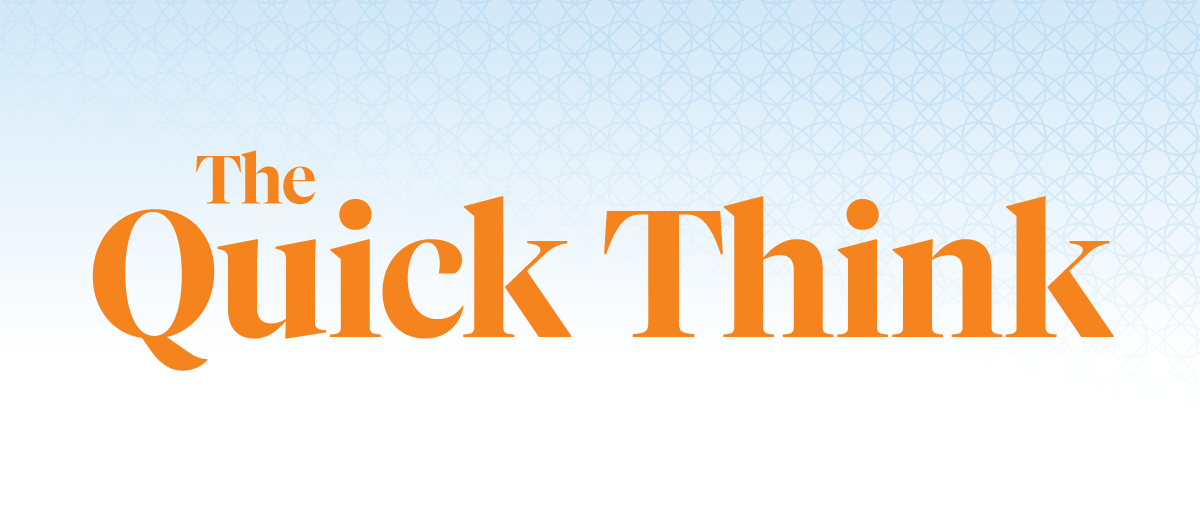Note: This piece was originally published over the weekend in our Sunday newsletter. Want content like this delivered to your inbox before it hits our blog? Subscribe here or at the link below.
The Basics:
CVS has joined Walmart by placing mental health professionals in a few of its HealthHUBs across the country, with plans to expand. Meanwhile, other major retailers are beefing up their offerings by adding digital mental health services.
Our Take:
(3-minute read or 9-minute conversation)
Somebody clearly had “transform the industry” on their 2021 to-do list.
Yep, CVS got a lot of ink this week.
First, for expanding its mental health offerings. You can get your Essie nail polish, ibuprofen softgels, four-pack of paper towels and chat with a therapist in one convenient spot. Now that’s called meeting people where they are.
Last week the retailer said it’s expanding the scope of its HealthHUBs to increase access in underserved areas. They’re starting with a dozen test sites in places where many have experienced “high instances of mental health symptoms and distress, leading to increases in emergency visits” thanks to the pandemic.
Very triple aim. Props to CVS for democratizing access. Major step in the de-stigmatization of mental health issues – addressing our mental health should be right up there with our physical health. CVS is taking that step, as are other major retailers like Walmart, Rite Aid and Walgreens – Walmart with in-house therapists and all three with digital services.
Second, CVS announced their new $100 million venture fund to invest in digital start-ups.
Together, these should be big Ws for healthcare consumerism.
For CVS, layering mental health services on top of pharmacy, urgent care, family care and wellness products is supremely logical. And it’s just what you thought might happen when they bonded with Aetna in a loving act of vertical integration. These mental health services will be in-network to Aetna members. If this test pans out and the program expands, CVS will be looking to slot into the care continuum – or redirect it. And those not affiliated with one of the several vertically integrated behemoths could be at a serious volume and reimbursement disadvantage.
Finally, with regard to both the digital innovation fund and embedding therapists in stores, convenience is king. The HealthHUB motto is “Where healthier meets easier.” Enough said.
So, say you’re a traditional provider. How do you react?
We see two options: Partnering up with one of the retailers or taking a page out of their consumerism book. On the first point, the future of healthcare rests on partnerships. Traditional providers will want to be connected with CVS and others making similar moves to tap into the stream of referrals.
Now, let’s unpack the latter option.
- It’s a given that hospitals aren’t the only game in town anymore. Evaluate the landscape so you know which new players you need to take seriously.
- Look at your “consumer-friendly” offerings. Are they as helpful as those tools provided by other industries? Are they at least headed in that direction? If not, be damn sure not to over-hype your offerings. Advertising a tool or service that became commonplace in retail a decade ago might elicit a mere “meh.”
- If you are taking meaningful steps to consumer-friendliness, share how you’re making experiences with your organization easier and more convenient. Explain new initiatives that are in the works so that even if you’re not where people might want you to be, they can see how you’re getting there.
- Reevaluate your stance on price transparency. We’ve been harping on this for a while. This is a significant issue going forward. Not allowing patients to see prices before receiving care isn’t the same level of consumer experience as that nail polish + therapy vibe you can get at CVS. But it does give people a much clearer look at what they’ll be getting when they come to you.
- Operationally, think about opportunities to integrate disciplines to foster holistic care. Can you embed or better connect behavioral health with primary care with cardiology with…?
Of course, the onus isn’t just on hospitals. CVS, we have our eyes on you. Here’s what we’ll be watching for:
- Will you focus on episodic care or do you see this as an access point for a real care continuum? (You say you’re offering referrals along with assessments and counseling. What does that really mean?)
- How will you help patients navigate what our Jarrard colleague Dan Schlacter termed “the gauntlet of vice?” Walking into a CVS, you’re faced with chocolate, junk food, gossip magazines and, in some places, alcohol. What’s the plan for helping patients work through those potential triggers on their way to the therapist’s office? Triggers that, as a successful retailer, CVS has dialed in through years of applying behavioral analysis.
- Which door do we use? Between those potential triggers and the desire for privacy, how will you lay out your stores and HealthHUBs to make the pursuit of mental health services not awkward?
- Will you use paper charts? Just kidding. Maybe. But really, as you expand offerings, how will you manage EMRs? And will there be a firewall between medical records and consumer data? If not, how will you mix that data to the patient’s benefit (hopefully)?
It’s anybody’s and everybody’s game. Let’s hope the victory goes to the American healthcare consumer.
Subscribe to Jarrard Insights & News
"*" indicates required fields




